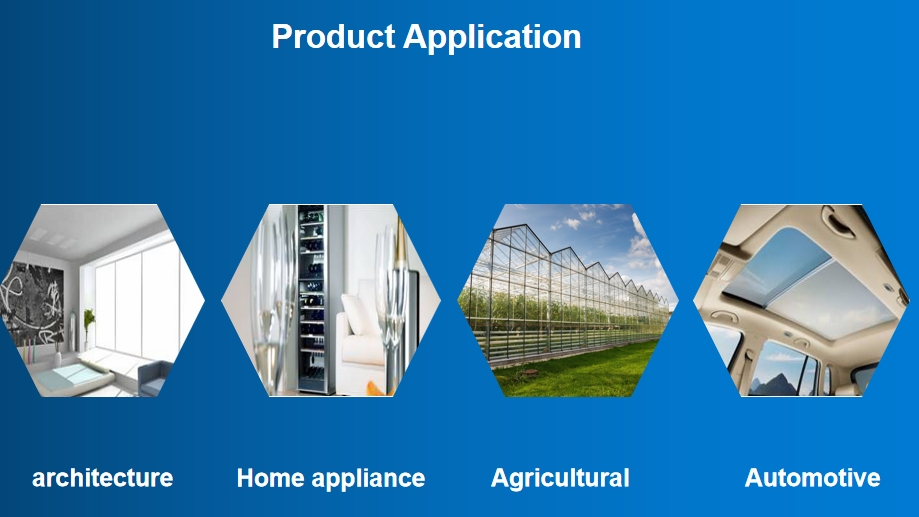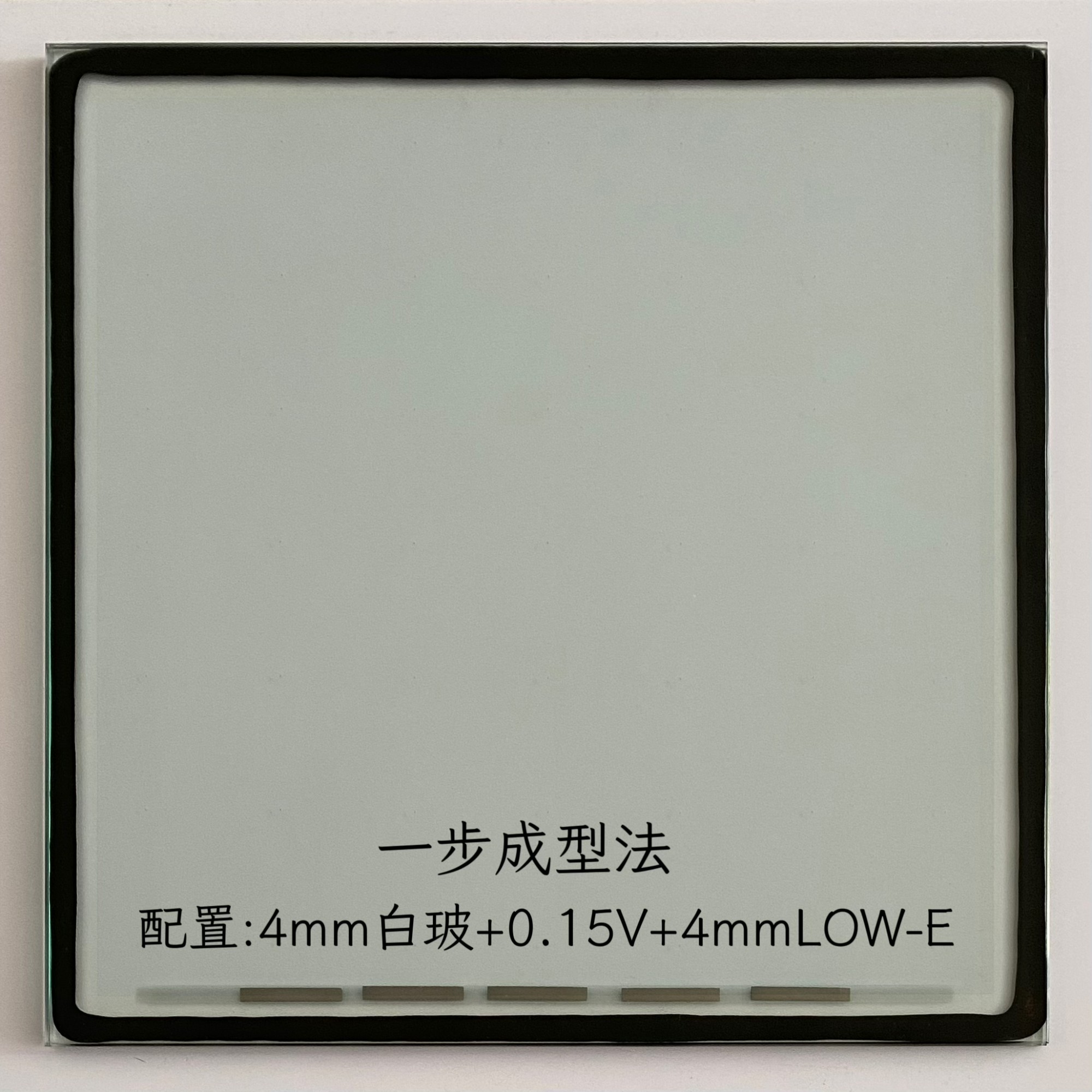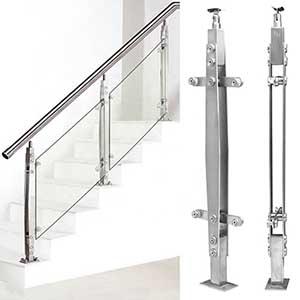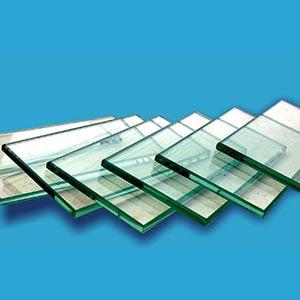Description
window with Vacuum Glass and Multi-pane Glazing


Harnessing the Energy Efficiency of Vacuum Glass in Buildings
Introduction:
In the face of growing energy demands and environmental concerns, the construction industry is increasingly turning to innovative materials that can enhance the energy efficiency of buildings. Vacuum glass, an advanced glazing solution, stands out for its unique properties that contribute significantly to energy savings and sustainability. This article delves into the energy efficiency benefits of vacuum glass, exploring its role in reducing energy consumption, lowering operational costs, and promoting a greener built environment.
Body:
1. **Thermal Insulation:**
- Vacuum glass is composed of two panes of glass separated by a vacuum, which is an ideal insulator as it eliminates air or gas, the primary conductors of heat. This vacuum barrier significantly reduces heat transfer, thereby minimizing heat loss in winter and heat gain in summer, leading to substantial energy savings.
2. **Energy Consumption Reduction:**
- The superior thermal insulation of vacuum glass directly translates to reduced energy consumption for heating and cooling. By maintaining a stable indoor temperature, vacuum glass reduces the load on HVAC systems, conserving energy and lowering the carbon footprint of the building.
3. **Operational Cost Savings:**
- With lower energy consumption, the operational costs associated with heating and cooling systems are significantly reduced. Over time, the savings on energy bills can offset the initial investment in vacuum glass, making it a cost-effective solution in the long run.
4. **Sound Insulation:**
- While not the primary focus, vacuum glass also offers excellent sound insulation. The vacuum seal effectively dampens external noise, contributing to a quieter and more comfortable indoor environment, which can indirectly lead to better energy management through reduced reliance on artificial sound systems.
5. **Condensation Prevention:**
- The thermal performance of vacuum glass helps prevent condensation on window surfaces, which can lead to mold growth and structural damage. By avoiding these issues, vacuum glass contributes to the overall durability and maintenance cost savings of the building.
6. **Light Transmission and Solar Heat Gain:**
- Vacuum glass allows for natural light transmission while controlling solar heat gain. This balance can be optimized with the use of low-emissivity (Low-E) coatings or tinted glass, further enhancing energy efficiency by reducing the need for artificial lighting and managing indoor temperatures.
7. **Design and Aesthetics:**
- The slim profile and modern appearance of vacuum glass can enhance the architectural aesthetics of a building. Moreover, its versatility allows it to be integrated into various design styles, from traditional to contemporary.
8. **Sustainability and Life Cycle Analysis:**
- While the production of vacuum glass may have a higher energy footprint compared to traditional glazing, its long-term energy savings and reduced environmental impact make it a sustainable choice. The longevity and low maintenance requirements of vacuum glass also contribute to its eco-friendly profile.
9. **Regulatory and Incentive Considerations:**
- Many regions offer incentives for energy-efficient building materials, including tax credits, rebates, and certification points for green building standards. The use of vacuum glass can help building owners and developers take advantage of these benefits.
10. **Future Outlook and Technological Advancements:**
- As technology progresses, the production of vacuum glass is expected to become more efficient and cost-effective. Research into new materials and manufacturing techniques could further enhance the energy efficiency and performance of vacuum glass.
Conclusion:
Vacuum glass is a cutting-edge glazing solution that offers a multitude of energy efficiency benefits for buildings. Its superior thermal insulation, reduced energy consumption, and long-term cost savings make it an attractive option for architects, builders, and homeowners seeking to create sustainable and energy-efficient environments. As the construction industry continues to evolve towards greener practices, vacuum glass is poised to play a significant role in shaping the future of energy-efficient building design.

 English
English Russian
Russian





